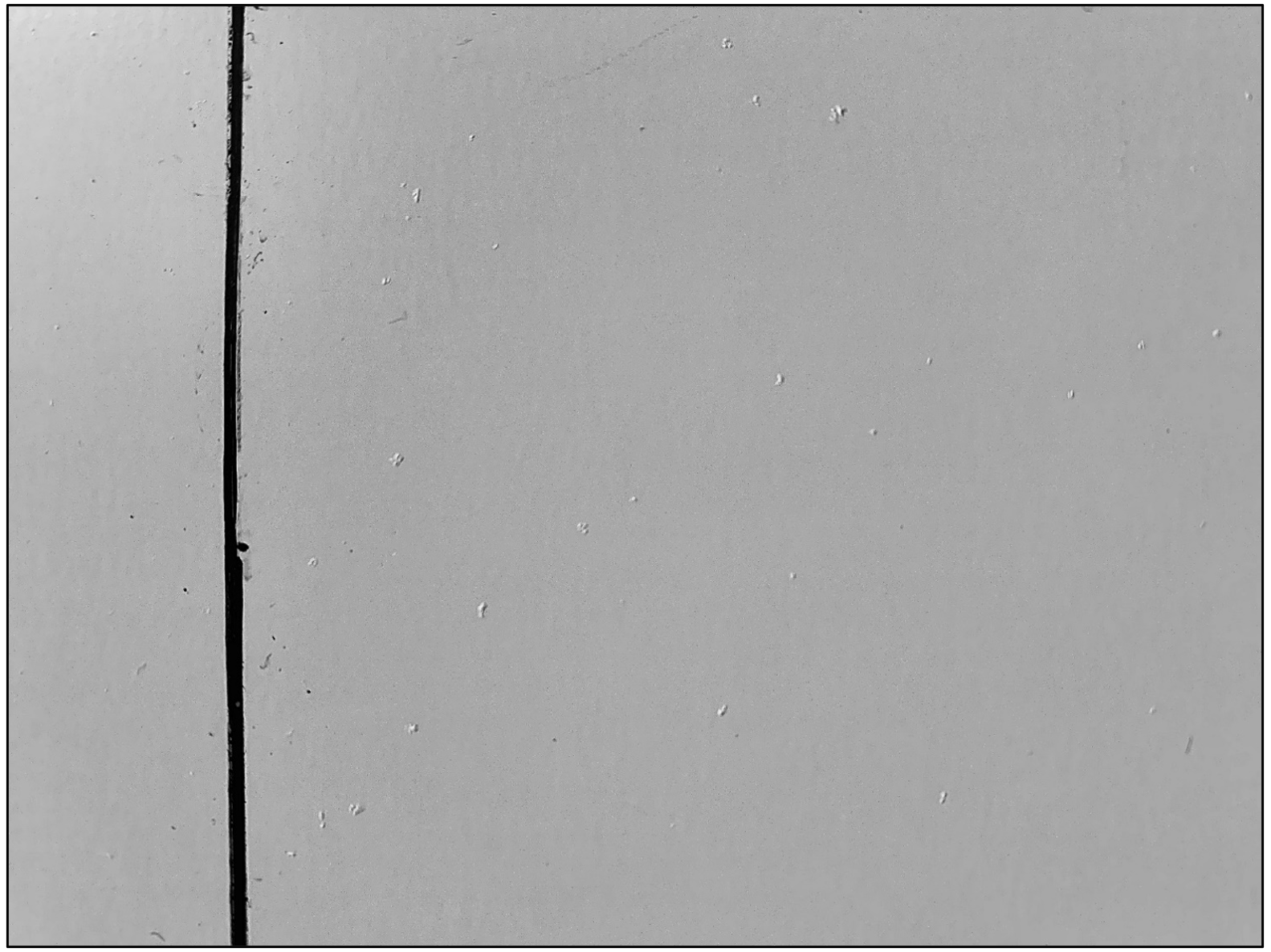
Disinfection of the surfaces is key for the maintenance of high-standard cleaning quality levels in a modular cleanroom environment. Procedures for cleaning a cleanroom include applying and wiping cleanroom disinfectant all over the modular surfaces. Cleanroom disinfectants could be both acid and basic aggressive chemical solutions, such as Spor-Klenz and Vesphene, respectively.
But how do panels behave when clean with cleanroom disinfectants?
Nicos Group performed tests on several wall panels to find out how the application of cleanroom disinfectants was affecting the surfaces. The outcomes were satisfactory and demonstrated that the simulation of cleanroom cleaning procedures did not affect panel surfaces.

In a recent set of tests, three cleanroom cleaner solutions were tested on our galvanized steel epoxy painted cleanroom panel:
The cleanroom disinfectants were applied by rubbing with a soft cloth for periods of both 30 seconds and 60 seconds, for three weeks in a row. Both scenarios where the panel was left wet or clean up with distillate water were considered. In all cases, no appearance of chemical reactions occurred between the skin and the cleanroom disinfectants.
To test panels under more aggressive conditions, which does not represent cleanroom cleaning procedures, and, therefore, to understand its behavioral limit, wet soft cloths of cleanroom cleaner were left on the substrate continuously for up to 144 hours. Mild noticeable reactions occurred after periods higher than 48 hours for cleanroom cleaner with Vesphene and LpH, and periods higher than 72 hours when using Spor-Klenz.





1. Surface reaction: change in surface gloss appearance extended all over the area where the soft cloth was placed [Figure A].
2. Surface roughening: isolated surface bumps as result of the chemical reaction between the solvent and the paint [Figure B].

